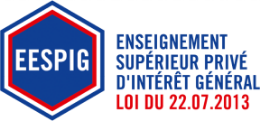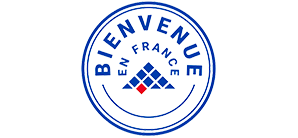40 years of Energy Challenges

The association PV3e is celebrating its 40th anniversary, and the launch in France of the very first 100% student energy race, now known as the Shell Eco Marathon. The purpose of the race is to design and build a vehicle that can cover the greatest possible distance on the least amount of fuel, i.e. the equivalent of 1 liter of fuel or 1kWh for the electric category. Since its creation, the association has designed 11 vehicles and 4 generations of engines, with the current record standing at 2701 km/L, equivalent to a round trip from Paris to Madrid.
To celebrate its 40th anniversary on November 22, the association put 7 of the 11 vehicles created since 1996 on display, and brought together its former members, now engineers, sponsors and partners.
ESTACA launched this new student challenge in France in the early 1980s. After the first two editions in 1984 and 1985 in Vincennes, Shell took over the organization and renamed the race Shell Eco Marathon. Every year, the association PV3e designs, builds and develops vehicles to compete in the race with a prototype in the internal combustion engine category. In PV3e, students can learn to use software for 3D design, structural calculations, fluid mechanics and racing strategy.
Vehicles at the cutting edge of technological innovation
The team is currently working on two vehicles:
“Gemini” is a fuel-efficient hybrid vehicle designed and built to compete in the Urban-concept category. The goal is to achieve an equivalent fuel consumption of 700 kilometers per liter of gasoline (0.14 liters per 100 km). The all-carbon-fiber monohull has a state-of-the-art combustion engine and an optimized electric drive train. This vehicle was on show at the last Paris Motor Show.
The team is also working on a new project to convert the “Calypso” combustion engine vehicle, which set a record in its class of 1,798 km on the equivalent of 1 liter of petrol, into an electric vehicle. This monohull, also made of carbon, weighs just 30 kg. Its electrical circuits were custom-designed by the association, including the powertrain, the choice of battery cells and the driver interface.
Associations at the heart of the School’s innovative teaching
ESTACA offers an apprenticeship approach reinforced by projects that encourage students to take responsibility for their own learning. They work in small groups on projects based on specifications proposed by teacher-researchers, industrial companies or the school’s technical associations. In the engineering course, study projects play a major role in training students who can choose between 5 types of project. “PITA” for example, are innovation projects put forward by student associations (such as PV3e) to conduct technical studies included in vehicle development.













